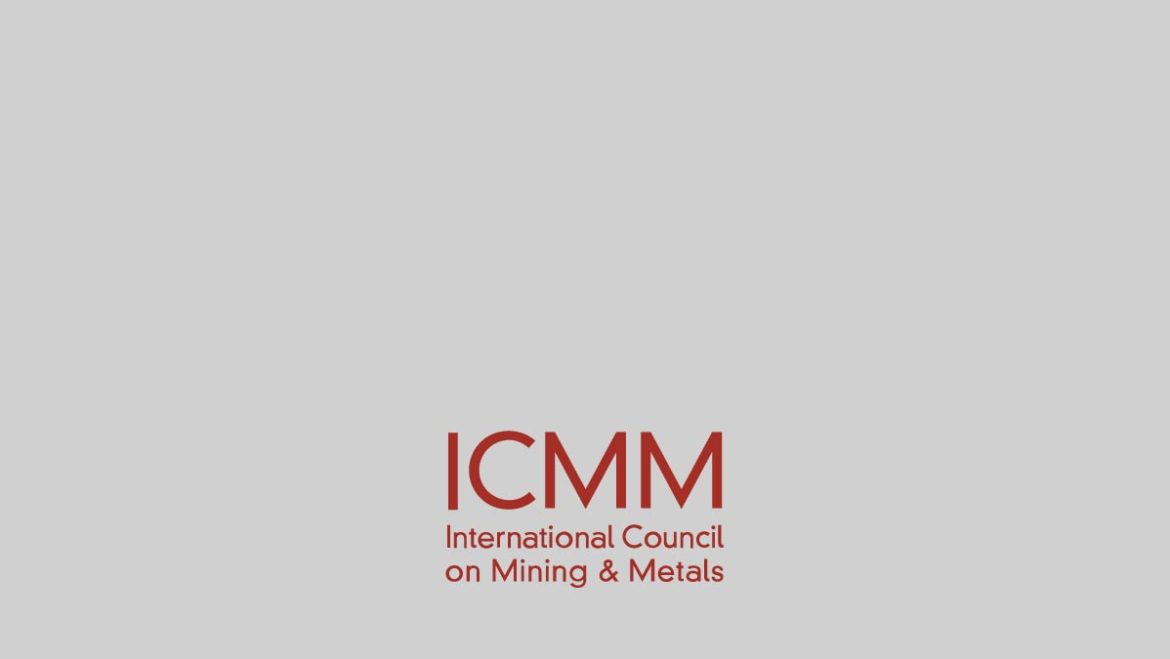USA
Coal mining in the United States is governed under the Federal Surface Mining Control and Rehabilitation Act of 1977 (SMCRA), which lays out the pathway to relinquishment. While there is variation in the specifics of the application in different states, in general terms there is a financial assurance requirement. The financial assurance is released as rehabilitation is completed. After completion of rehabilitation activities and a set monitoring period (typically five to 10 years) a Phase 3 bond release is granted, and the mining company may sell the land, release it back to the original owner, or otherwise release ownership, effectively relinquishing the land. If there is a need for ongoing activities, such as a water treatment plant, this can be addressed as a funded liability, with the liability for the treatment transferred to the third party.
Canada
In Canada, mining is largely governed at a provincial or territorial level, although there are applicable federal regulations. Relinquishment has been undertaken in the province of Saskatchewan. The province developed the Institutional Control Program (ICP). Through this programme, mining companies can relinquish a site through a process that involves making deposits into separate funds that account for both the NPV of the ongoing monitoring and maintenance needs for the site, and a fund to address unexpected costs (residual risks). These funds are managed separately from the province’s general revenues.
As of March 2017, six sites were under the management of the ICP.
Australia
Similar to Canada, the Australian mining industry is governed at a state or territory level with each jurisdiction having its own closure-specific obligations as part of the mine approvals process, which falls under overarching Commonwealth law principles. Most mining approvals and tenement conditions are framed in such a way that in theory, control of the mine site is returned to the state or territory, discharging the company from all future maintenance and monitoring obligations. General guidance on the mine closure process, including relinquishment, is described in the Leading Practice Sustainable Development (LPSD) Program [1], which aims to identify issues and potential solutions for sustainable development of the Australian mining industry.
Over the past 25 years, however, 70% of mines in Australia have undergone unplanned closures for various reasons including economic, technical, regulatory, social, and other unforeseen circumstances, leaving few examples of successful relinquishment.

